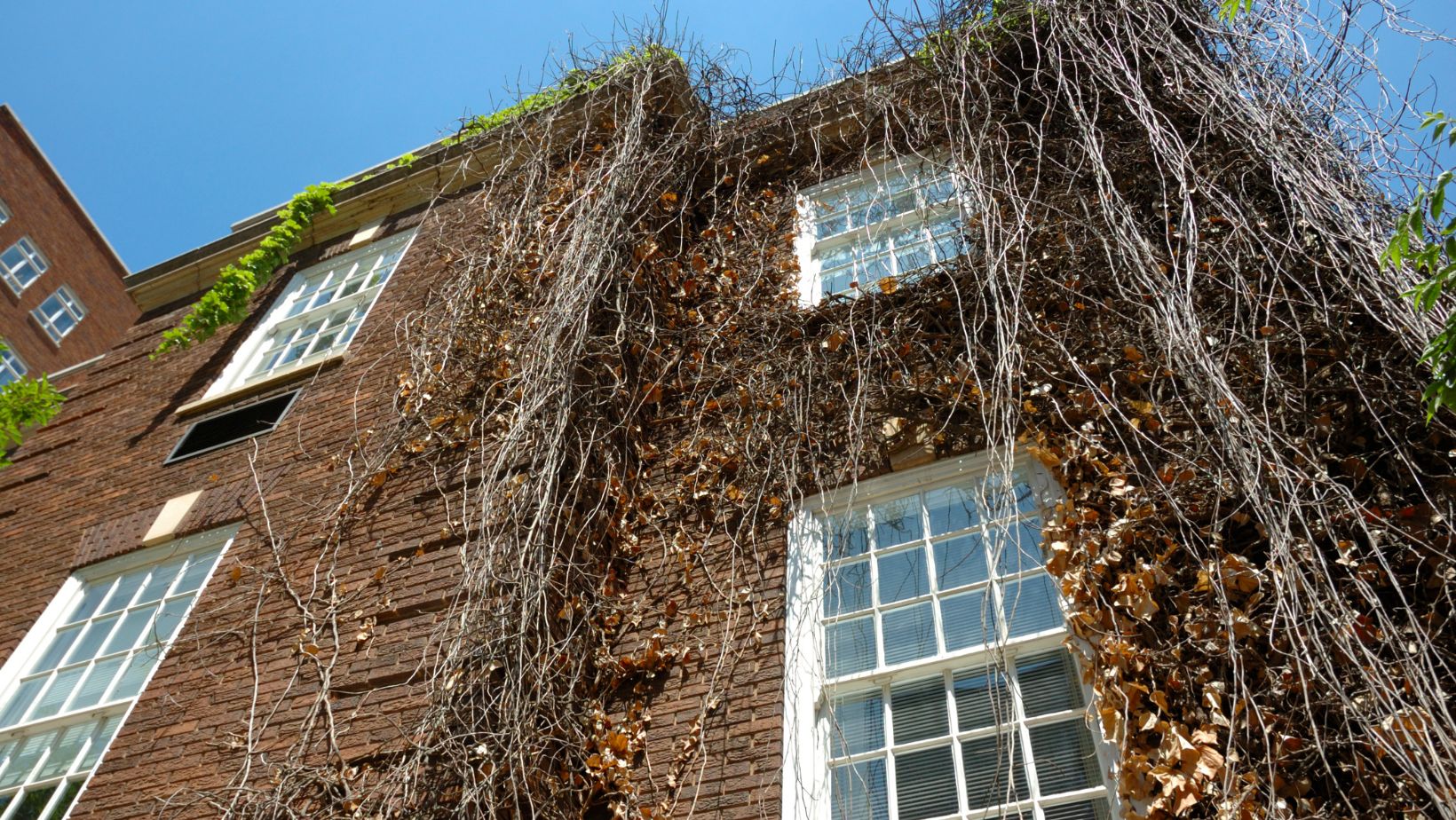Nestled in the heart of Washington, D.C., Ivy City has transformed from an industrial district into a vibrant cultural hub. This neighborhood, once known for its warehouses and factories, now boasts a dynamic blend of art, cuisine, and community spirit. Ivy City’s evolution showcases how urban spaces can be reimagined and revitalized.
Culture Ivy City

Ivy City’s history dates back to the late 19th century when it emerged as a significant industrial hub in Washington, D.C. Notable factories produced goods including ice, glass, and food products. The arrival of the railroad further spurred industrial growth, bringing more businesses to this burgeoning area.
The neighborhood played a crucial role during World War I, serving as a hub for war-time manufacturing. Post-war, Ivy City saw continued industrial activity, with many warehouses and factories contributing to the local economy. Over the decades, older structures fell into disuse, paving the way for modern redevelopment.
Preservation efforts have maintained key historical sites. The Crummell School, built in 1911, stands as a testament to the neighborhood’s African American heritage. The restoration of this site highlights the community’s commitment to honoring its past while embracing change.
Significant Historical Events

In 1873, the Baltimore and Potomac Railroad established a station in Ivy City, propelling its industrial growth. The thriving period saw numerous factories emerge, producing essential goods like glass, food products, and ice.
During World War I, Ivy City played a crucial role as a manufacturing hub. Factories operated at full capacity to meet wartime demands, significantly contributing to the war effort. Post-war, the neighborhood continued to prosper, reflecting the broader economic trends of the early 20th century.
The Crummell School, built in 1911, stands as a testament to Ivy City’s African American heritage. Named after abolitionist Alexander Crummell, the school became an educational cornerstone for the community. Efforts to preserve this landmark have succeeded, blending historical legacy with modern usage.
In recent decades, Ivy City has undergone revitalization, balancing historical preservation with contemporary development. This transformation maintains the unique identity of the neighborhood, reflecting its rich cultural and historical tapestry.
Cultural Highlights

Ivy City boasts a dynamic arts scene with a variety of cultural institutions. Art galleries like the Ivy City Art Collective showcase local artists and host exhibits featuring diverse media. Music venues such as City Winery present live performances from various genres, enhancing the local music culture.
The neighborhood also hosts events that reflect its rich history and evolving identity. Annual festivals celebrate Ivy City’s heritage and community spirit. These include the Ivy City Arts Festival and local food fairs, where visitors can sample offerings from popular establishments like Ivy City Smokehouse.
Historical landmarks enrich the cultural landscape. Crummell School, preserved for its historical significance, serves as a testament to the area’s African American heritage. The Hecht Warehouse, once a bustling warehouse, is now a mixed-use space combining heritage with modern amenities.
Local breweries and distilleries, such as Atlas Brew Works and One Eight Distilling, contribute to Ivy City’s vibrant craft beverage scene, attracting enthusiasts from all over. These establishments frequently offer tours and tastings, adding to the immersive cultural experience.
Community And Demographics

Ivy City hosts a diverse community, integral to its vibrant culture. The neighborhood’s population mix includes long-time residents and newcomers, contributing to the area’s evolving identity. Data from the 2020 U.S. Census indicates a dynamic variety of inhabitants, reflecting both stability and growth.
Demographically, Ivy City displays a blend of ethnic backgrounds with significant African American and Hispanic populations alongside a growing number of young professionals and artists. The median age is approximately 35 years.
Community engagement plays a pivotal role in Ivy City’s social fabric. Local organizations, like the Ivy City Civic Association, actively promote neighborhood events and initiatives, fostering a strong sense of belonging. Examples include block parties and clean-up drives.
Education and amenities are central to community life. Schools such as the KIPP DC and amenities like the Ivy City Smokehouse provide essential services and gathering spots for residents. This mix of historic and contemporary elements strengthens Ivy City’s unique community identity.
Modern Developments
Ivy City’s transformation into a vibrant cultural hub showcases the neighborhood’s ability to blend historical preservation with modern development. Its eclectic mix of attractions, from breweries and distilleries to art galleries and music venues, offers something for everyone. The area’s rich history and dynamic arts scene, coupled with community engagement, create a unique and immersive cultural experience.
The diverse population, including long-time residents and newcomers, contributes to Ivy City’s evolving identity. Local institutions, annual festivals, and historical landmarks enrich the cultural landscape, making Ivy City a must-visit destination. With its balance of old and new, Ivy City stands as a testament to the power of community-driven revitalization.

